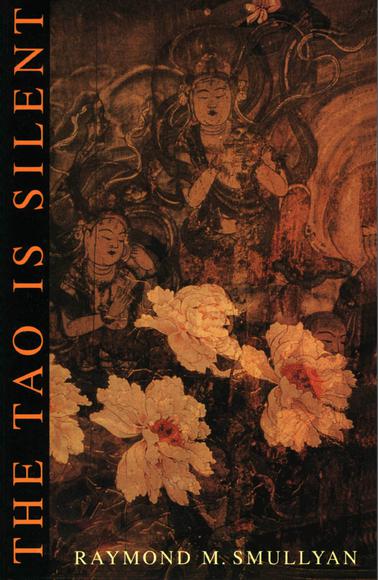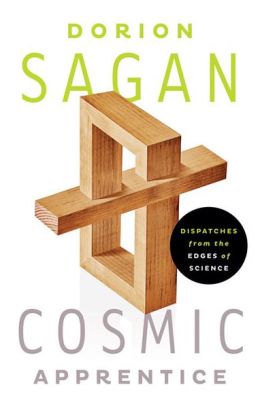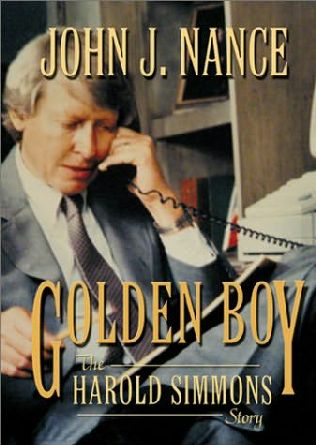The Tao Is Silent, by Raymond Smullyan, has been a wonderful read. Insightful and witty to say the least. It’s a series of discourses on life, religion, culture, logic, and philosophy; I would recommend the book to anyone interested in these subjects. Once again I am surprised how long it took me to discover a wonderful author. I look forward to reading several of his other works.
Category: book (Page 9 of 27)

Being a huge fan of Carl Sagan’s books, I was delightfully surprised when I found that his son, Dorion Sagan, is a prolific writer on the subjects of science, philosophy, and evolution. The first of his works which I decided to read is entitled Cosmic Apprentice: Dispatches from the Edges of Science. For a good review see Maria Popova’s review here. I loved reading the book and I look forward to reading more of Sagan’s writings.

I was a long term investor in Harold Simmons’ Keystone Consolidated Industries and now I am currently sitting on a nice return from an investment in Valhi. Being a coattail investor in his companies has paid off — if you can enter at a low price. Some have called him an “Evil Genius” and even a crook. However, I find his story to be an amazing story of business success, legal battles, and cunning financial maneuvers to become an icon of the rags-to-riches success story. His biography, written by John J. Nance and entitled Golden Boy: The Harold Simmons Story, provides a great account of the building of his empire.
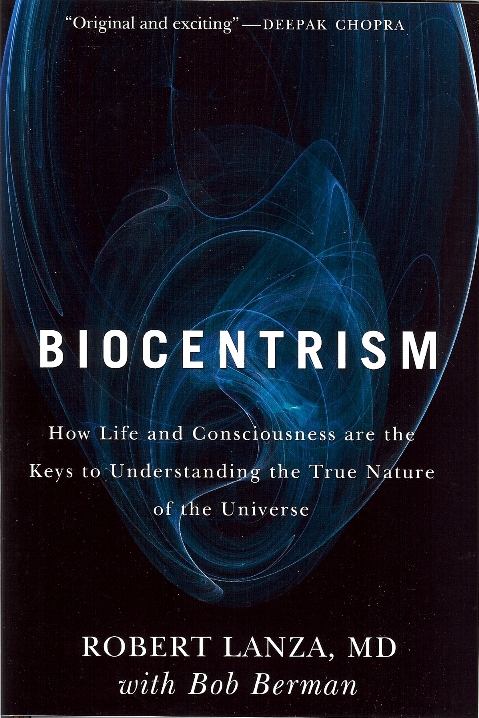
I recently finished Robert Lanza’s book, Biocentrism: How Life and Consciousness are the Keys to Understanding the True Nature of the Universe. While understanding the true nature of the universe is a bold claim, I think there is validity to the perspective of biocentrism based on my own experiences and knowledge. The book kept me thinking and my head spinning. My mind constantly wondered, thinking about the consequences and possible applications of the principles of biocentrism.
Lanza’s theory of biocentrism has seven principles (source):
- What we perceive as reality is a process that involves our consciousness. An “external” reality, if it existed, would by definition have to exist in space. But this is meaningless, because space and time are not absolute realities but rather tools of the human and animal mind.
- Our external and internal perceptions are inextricably intertwined. They are different sides of the same coin and cannot be divorced from one another.
- The behavior of subatomic particles, indeed all particles and objects, is inextricably linked to the presence of an observer. Without the presence of a conscious observer, they at best exist in an undetermined state of probability waves.
- Without consciousness, “matter” dwells in an undetermined state of probability. Any universe that could have preceded consciousness only existed in a probability state.
- The structure of the universe is explainable only through biocentrism. The universe is fine-tuned for life, which makes perfect sense as life creates the universe, not the other way around. The “universe” is simply the complete spatio-temporal logic of the self.
- Time does not have a real existence outside of animal-sense perception. It is the process by which we perceive changes in the universe.
- Space, like time, is not an object or a thing. Space is another form of our animal understanding and does not have an independent reality. We carry space and time around with us like turtles with shells. Thus, there is no absolute self-existing matrix in which physical events occur independent of life.
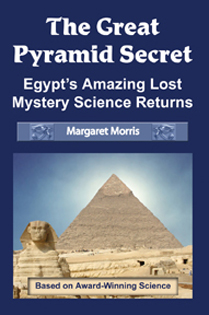
If you enjoyed Joseph Davidovits’ book, Why the Pharaohs Built the Pyramids with Fake Stones, then you will definitely find Margaret Morris’ book, The Great Pyramid Secret to be equally thrilling. In my opinion, it goes into more detail and depth than Davidovits’ book. Both are worth a read.
It’s becoming increasingly clear that their ideas explain the key to the success of the Egyptians in building objects from diorite, hard limestone, quartizite, etc… The simple, but elegant solution of Geopolymers.
I think Jean-Pierre Houdin’s theory about the spiral ramp would be perfect, except change his theory from carved rocks to agglomerated stones.


